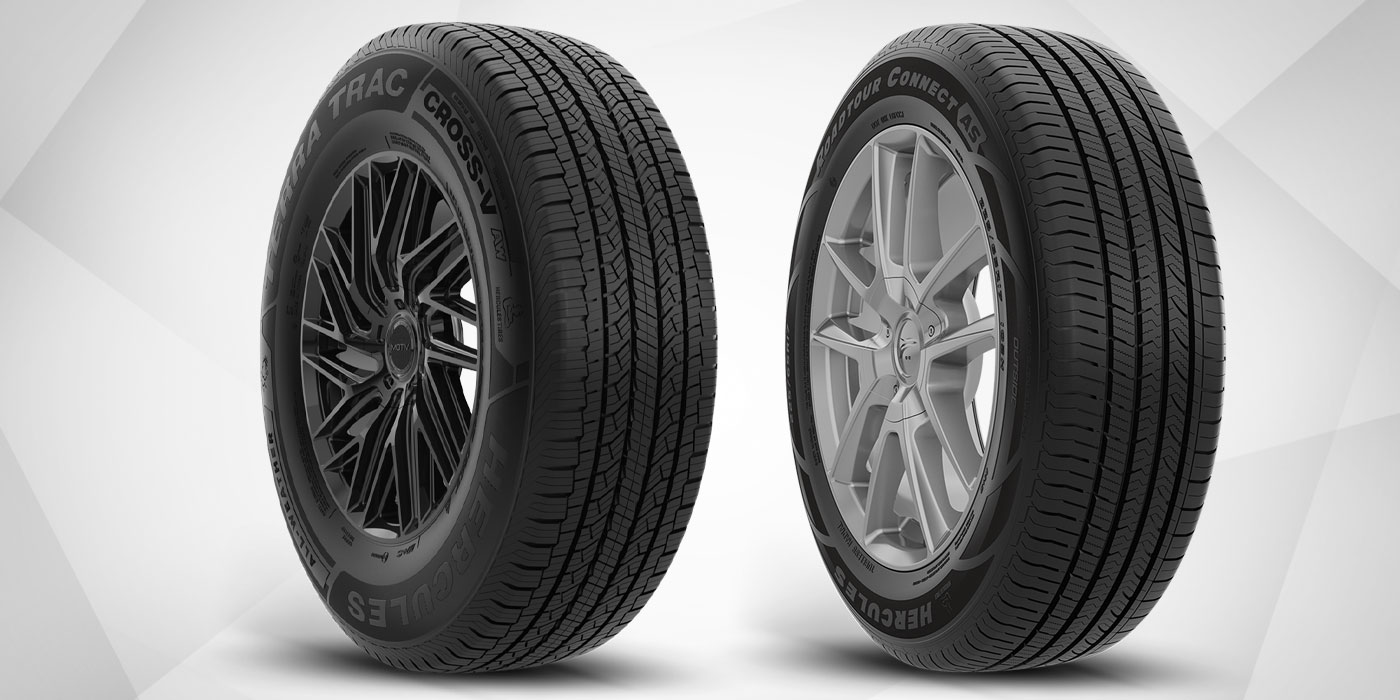1. Every time a stem-mounted TPMS sensor is removed from a wheel, it must be serviced, no ifs, ands or buts. This goes for sensors that are six months old or six years old. And do not reuse seals or valve caps.
2. Always use a new kit. The typical kit includes a nut, valve core, grommets and valve cap. Each component has a specific function and lifespan that is not only determined by time, but what happens when – and after – it is installed.
3. Buy an assortment of TPMS sensor service kits. If your shop sells even a few tires a week, you should stock an assortment of service kits. Most TPMS toolmakers and tire service product suppliers have an assortment of common kits you will need to handle most vehicles. Not having the right parts to service sensors might result in a car stuck in a bay that could be used for other repairs.
4. Never reuse the nut. TPMS fastener nuts are designed in anodized aluminum to eliminate the contact of two dissimilar metals that would create galvanic corrosion and material deterioration. The nut has a bonded lubricant to help provide the proper torque required for seating a new grommet, in addition to the engineered advantages. If a nut is reused, the anodized surface may be scratched away and corrosion could occur between the sensor, wheel and the stem. It may even make the nut impossible to torque to the correct specifications or to remove due to corrosion on the threads.
5. Never reuse the seals/grommets. Never. Two grommets seal the sensor and nut to the wheel. Grommets conform to the mating surface of the wheel. The instant the nut is torqued, the seal/grommet starts to take on the shape of the surfaces it is sealing against. This memory cannot be erased. If the seal is reused, it could cause a slow leak.
6. Always use a torque wrench. As stated in Commandments 4 and 5, the nut and seal/grommet are one-use items. The torque specifications are measured in inch-pounds and not foot-pounds for a reason. The nuts are made of aluminum and will strip. The hollow stems can take only so much abuse before they break. There are many solid TPMS sensor torque wrenches available on the market. Buy one and keep it in good calibration.
7. The leak cannot be eliminated by tightening the nut more. Sealing grommets are engineered to work at a specific torque. Any torque above the specified value will cause the seal to leak. Also, extra force may damage the nut or valve stem, or fracture the sensor body.
8. Never reuse the valve stem or core. Replacing the valve stem core on TPMS sensors prevents leaks. With stems, the elastomeric rubber and plastics degrade over time due to heat. The valve stem is subjected to heat from both the brakes and the road. Also, a torque-calibrated driver should be used to tighten the valve core.
9. Always use the valve core that is in the kit. A TPMS valve core is nickel-plated and prevents galvanic corrosion to ensure the integrity of the primary seal. To prevent galvanic corrosion, never use a brass valve core with an aluminum TPMS sensor. Instead, always use a nickel-plated valve core. It is usually the only one – and the correct one – in the kit. If the wrong valve core is used, accelerated galvanic corrosion could result in the core becoming “frozen” and seized, stuck in the stem, unable to be removed. Also, TPMS valve cores have special Teflon coatings that help seat and seal the stem.
10. Set the correct tire pressure. Oddly, this often is overlooked. Seasonal temperature changes can dramatically alter tire pressure, which can cause the tire pressure warning lamp to illuminate. “Cold” tire pressure is generally considered to be the pressure in a tire that has not been driven in the past three hours and has been parked outdoors. Remember that tire pressure drops about 1 psi for every 10F drop in ambient temperature. Additionally, tires lose as much as 1.5 psi per month as air naturally permeates the tire and wheel.
11. Take extra care when mounting and dismounting tires. When you are using a tire changer, always be aware where the TPMS sensor is located and avoid all possible contact with shovels, bead breakers and tire irons. With some vehicles, the sensor is not located at the valve stem area, so make sure you double check each make and model.













